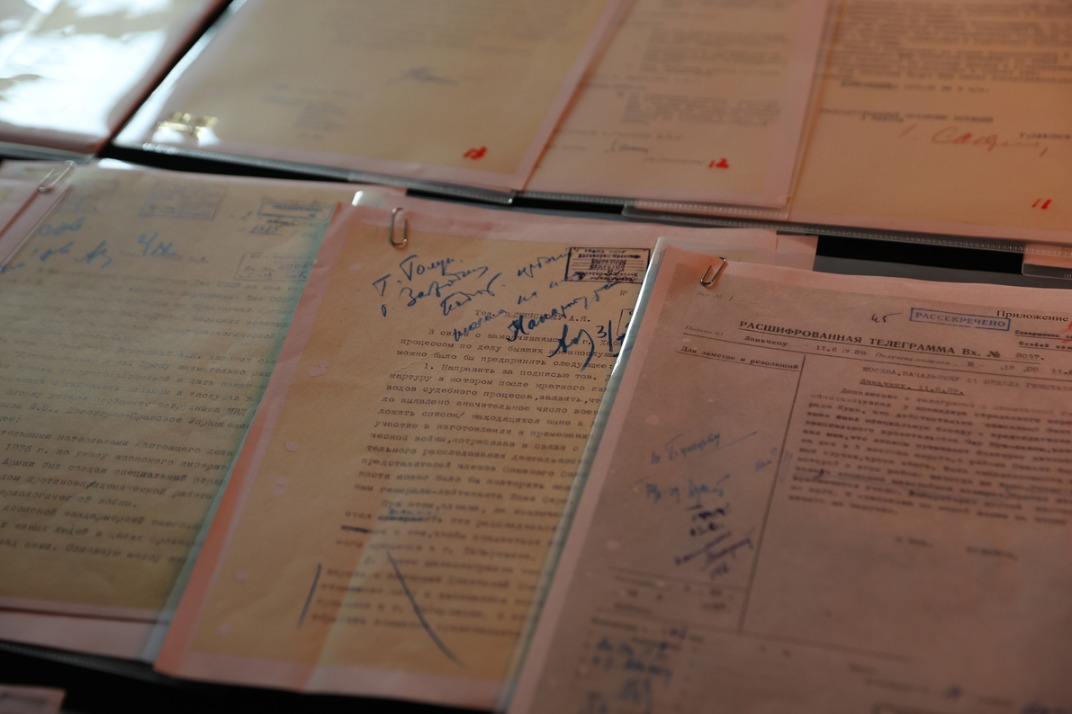A winter's tale
This time of year is steeped in folklore, custom and tradition, Zhang Lei reports.
By Zhang Lei | China Daily | Updated: 2022-12-22 08:06

However, from the imperial court to the common people, they all attach great importance to this day. The emperor would hold a grand ceremony to worship the celestial god, pray for the prosperity of the country and its people and for good weather in the coming year; while the common people would prepare meals and offer sacrifices to their ancestors. Zhou Mi, a poet in the Southern Song Dynasty (1127-1279), wrote in his book Wulin Jiushi (Ancient Matters From the Wulin Garden): "The imperial court will celebrate the festival, just like the New Year. The carriages and horses are all new and beautiful. The five drums have filled the nine streets. The streets are seething with women and children, dressed in gorgeous clothes."
Being one of the most important days of the Twenty-Four Solar Terms, Winter Solstice is also called jin jiu, or "entering the nines". From that day, every batch of nine days are counted as a "nine". After nine "nines", a total of 81 days have passed, and cold days will not return.
People from all over the country have compiled various proverbs and jingles for counting nine "nines" to warn of the coming of the coldest time ahead and long for the return of spring. The most representative and lively of which being: "during the first nine, second nine, keep your hands covered; the third nine, fourth nine, walk on ice; the fifth nine, sixth nine, look at willows along the river; the seventh nine, rivers unfreeze; the eighth nine, wild geese come back; while after the ninth nine, cattle are about to walk everywhere".
After "entering the nines", the ancient literati used to hold activities to dispel the cold. On a "nine" day, about nine people would drink wine ("wine" and "nine" are homophonic in Chinese). However, apart from the jolly, merry tone, Winter Solstice is also a heartening testimony of human determination.
From the imperial court down to the folk at that time, people maintained the custom of painting the "nine-nine cold-dispelling drawing". One of the possible origins is traced back to a patriot, Wen Tianxiang, in the Southern Song Dynasty, who was captured by the authorities of the Yuan Dynasty and imprisoned on Winter Solstice. Years in prison pushed him to use the tip of a broken brick to paint plum blossoms on the wall. He painted 81, each of which is hollowed. He kept painting one every day, so that after 81 days, it would be the day when the earth would rejuvenate. He firmly believed that the cold winter would pass and spring would come. When word of his deeds spread across the nation, people expressed admiration for his moral character and followed suit by drawing the plum blossoms, thus forming an endearing custom of countdown to the return of spring.
























